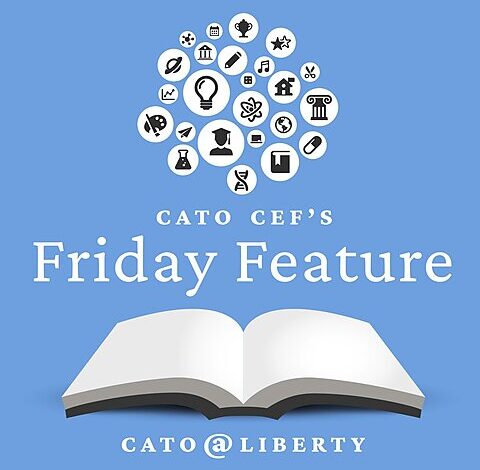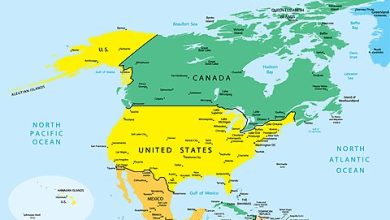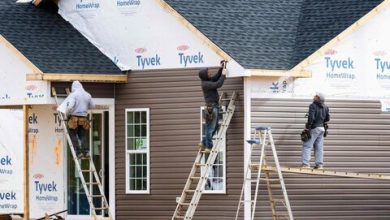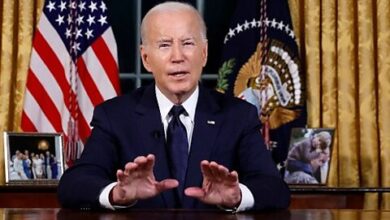Friday Feature: Bridges to Science

When the kids in Rosa Aristy’s homeschool co‐op said they wanted to learn coding, the moms all looked at each other and wondered who was going to teach those classes. “The kids were so enthusiastic and wanted to learn more,” she recalls. “And I thought to myself, I’m not going to let these kids down. I was a marketing analyst before I became a mom, so I had done some programming. Not the kind they would want to learn, but I thought I could figure things out and take it from there.”
Rosa knew the kids would need a very solid math curriculum if they were going to get into robotics and coding. “I decided to start out with a math club, so then I’d get a rhythm and create a community,” she said. “Then these kids would be equipped to dive deep into robotics and coding and whatnot.”
She arranged for professors from Texas A&M to facilitate some sessions and she facilitated the others. One thing led to the other, and soon Rosa made connections that allowed her to start planning a robotics program. She was spending a lot of money on supplies and hated paying taxes on it when it was for educational purposes, so she decided to start a non‐profit called Bridges to Science.
“Two months after we launched, Covid came and everything changed,” she recalls. “We started doing virtual, primarily the math circle. We continued that because the students really wanted to, and it gave them a sense of continuity in the midst of it all. Then we also started doing virtual coding clubs. We believe in providing a whole ecosystem for the students. By that I mean it’s not just me and the parents who are there chaperoning.
“We invite professionals—software engineers from different tech companies, faculty members, retired engineers, you name it. Every year in the math circle, we have a theme. Last year it was finance and economics. We did the stock market game, and we invited a lot of financial professionals who gave our students a peek into how they use math to buy stocks, create portfolios, etc.”
Last year, Rosa launched a Youth Ambassador program, where the upper high school students start training the younger students. Bridges to Science also has what they call family creative learning gatherings, which Rosa says are like mini science festivals. The youth ambassadors facilitate the different activities at the gatherings.
According to Rosa, the gatherings got the attention of a sponsor who suggested they host a larger event. “So we did,” she says. “We just launched the Houston Science Festival on September 9, and it was an amazing success. We exceeded expectations in attendance. We welcomed over 15 exhibitors, including the Houston Museum of Natural Science, Texas A&M, Rice University, cyber.org, and Girls Who Code. We had music to kick off Hispanic heritage month. It was lots of fun. What was very gratifying is that over two‐thirds of attendees were people who are considered low income. Many pulled me to the side and told me ‘if you hadn’t done this, we wouldn’t have ever seen any of these.’”
Rosa also focuses on Hispanic outreach. “There aren’t that many Hispanics homeschooling, and we believe there can be more of them,” she notes. “That was another great thing about the festival. Families came to us and said, ‘Oh my goodness, I didn’t know there were so many of us because usually every group has just handful of Hispanics.’ So we want to work with them and help them realize there are others.”
Bridges to Science is now shifting towards becoming an organization that supports the yearly science festival since it’s so much work. In between, the focus will be working with different communities in the Houston area so that families have access to resources that might not be accessible to them now. “If they attend a coding workshop or go to the Houston Museum of Natural Science to explore chemistry or the life sciences, the children begin to see which areas catch their fancy. Once you give them all these appetizers then they might want to dive deep into one of them,” Rosa explains. “The way we see our organization is we are a bridge—on one end of the bridge we have the communities that have little access and on the other we have the organizations, primarily universities, and we connect the two.”





